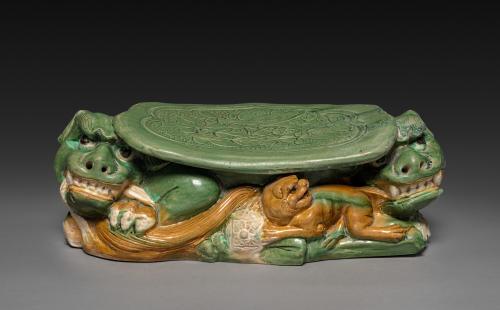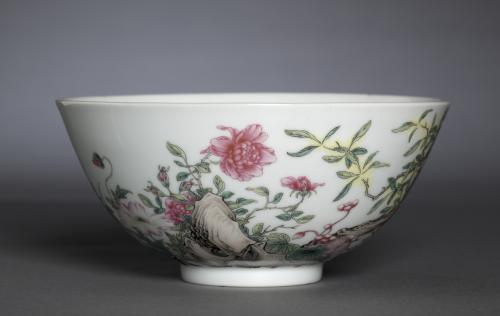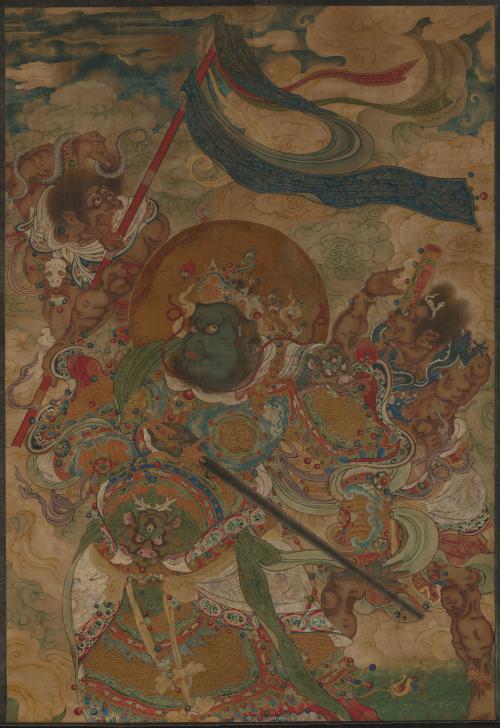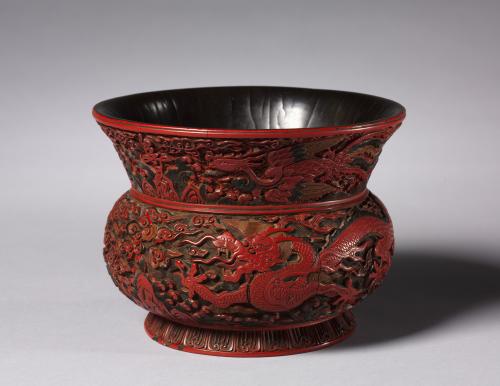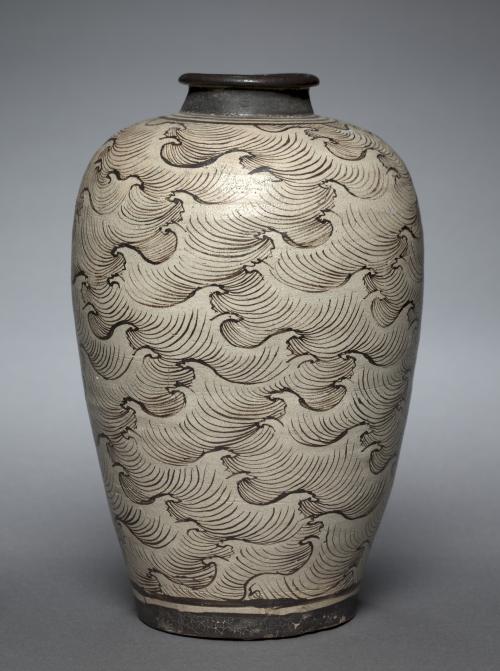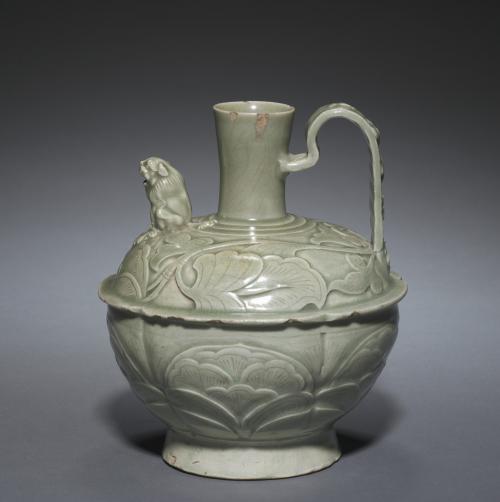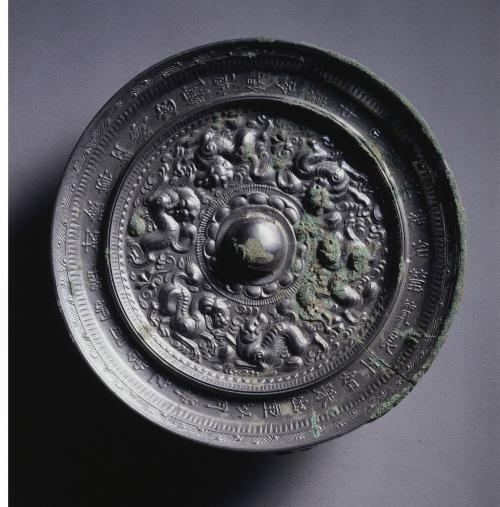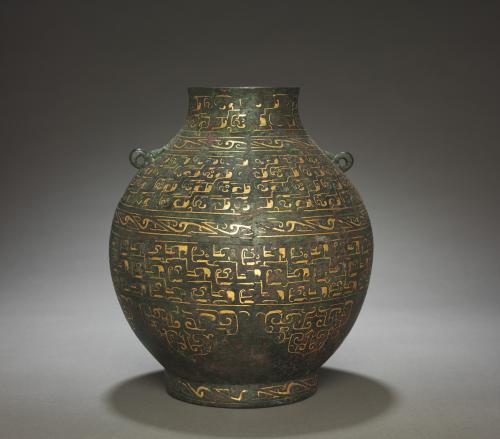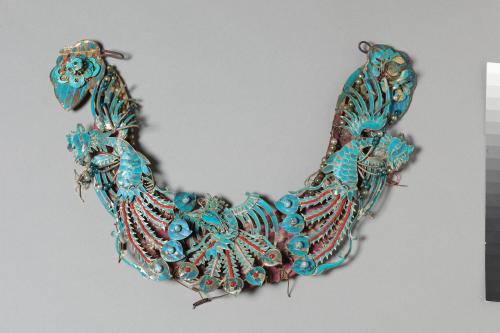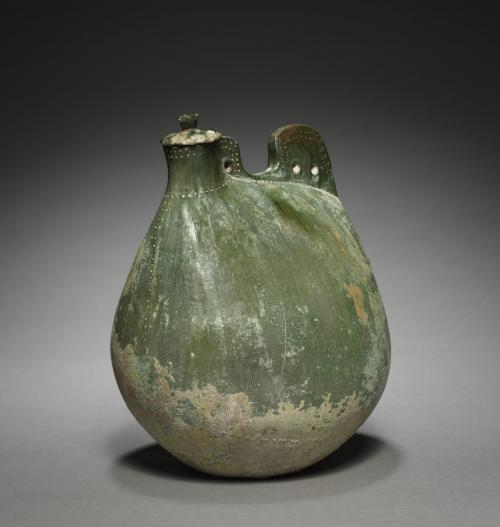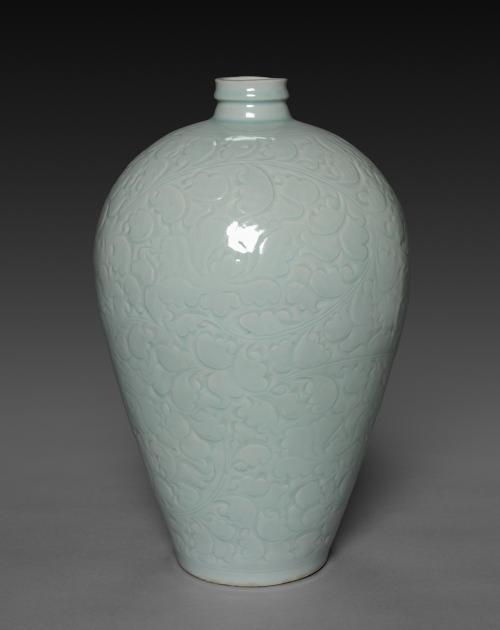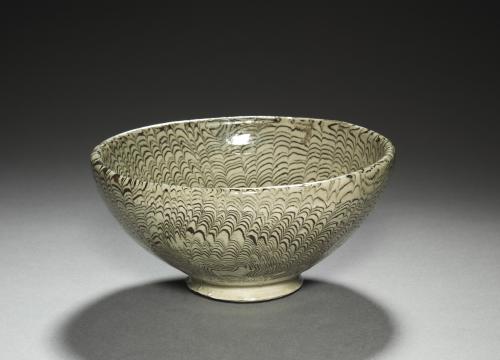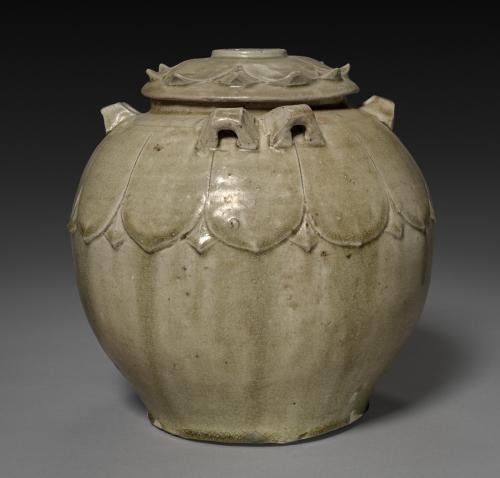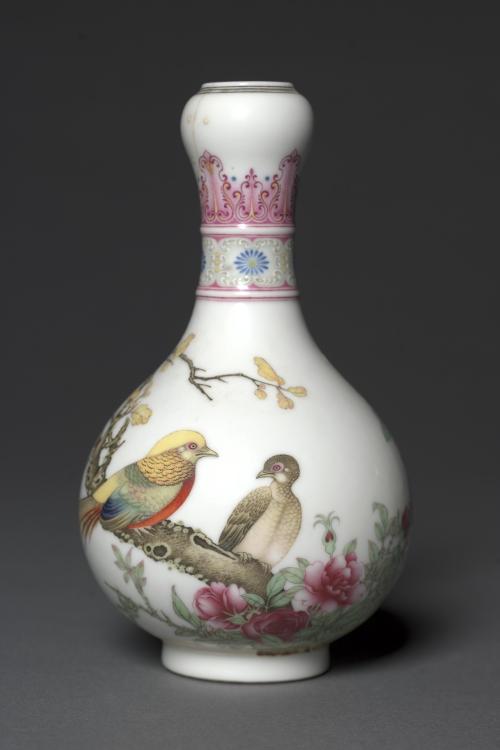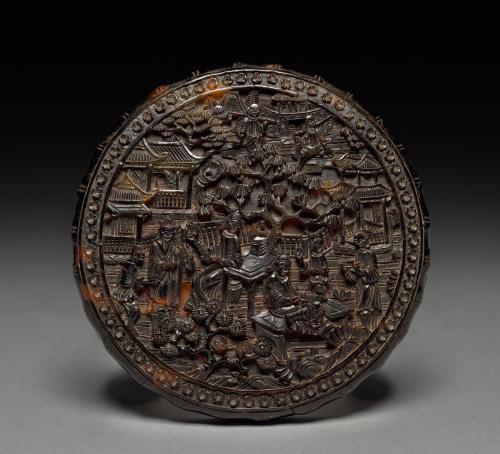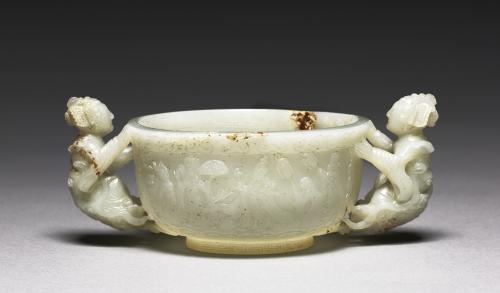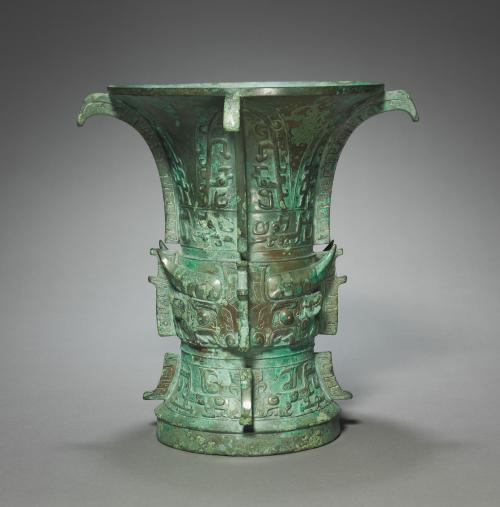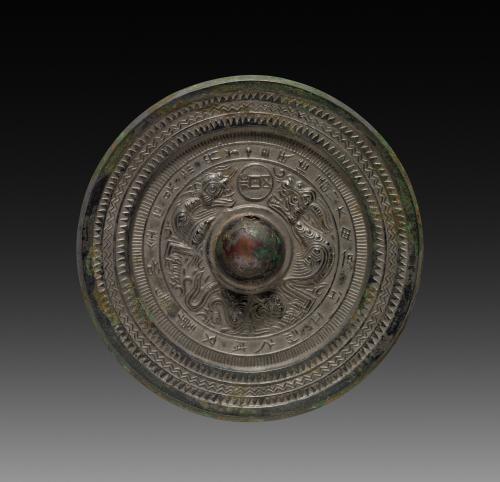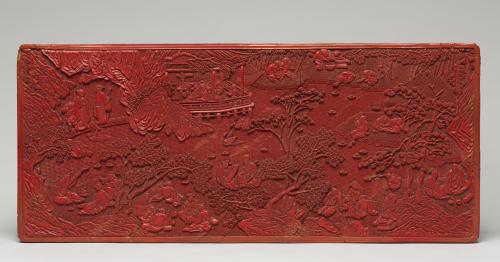全部藏品
探索1616個藏品
Headrest with Three Lions
The Cleveland Museum of Art
Three lions—two ferocious adults and one playful cub—form the base of this Chinese headrest.
Bowl with Poppies, Tree Peony, and Flowering Mimosa
The Cleveland Museum of Art
Developments in enamel technology led to new possibilities in polychrome decoration.
Buddha Amitābha with Two Attending Bodhisattvas
The Cleveland Museum of Art
The supreme deities that rule over the Western Paradise—Amitābha (阿彌陀 in Chinese), Avalokiteśvara (Guanyin 觀音), and Mahāsthāmaprāpta (Dashizhi 大勢至)—ar
Heavenly King Virudhaka
The Cleveland Museum of Art
Heavenly Kings are guardians who watch over the cardinal directions: north, south, west, and east.
Jar with Dragon and Phoenix Design
The Cleveland Museum of Art
A phoenix and dragon alternating with two auspicious ornate characters—“fortune” 福(fu) and “longevity” 壽 (shou)—adorn this exquisitely carved lacquer
Frontispiece for the Lotus Sutra
The Cleveland Museum of Art
The frontispiece of this sutra, a sacred Buddhist scripture, illustrates episodes mentioned in the Buddha’s teaching.
Vase (Meiping) with Waves
The Cleveland Museum of Art
Jizhou ware characteristically shows the use of slip coating, bold designs, and color contrasts to achieve stunning visual effects.
Ink Cake
The Cleveland Museum of Art
The design is Jingci Temple, a Buddhist temple beside West Lake in Hangzhou, China.
Ewer with a Lion-shaped Spout
The Cleveland Museum of Art
This remarkable ewer is most likely a very early and rare type of Yaozhou ware, with the shape and decoration recalling Tang metal ware.
Mirror with Three Pairs of Pixie around a Loti-form Knob
The Cleveland Museum of Art
Wine Vessel (Hu)
The Cleveland Museum of Art
By the time this wine vessel was cast, bronzes were increasingly losing their ritual significance and becoming symbols of prestige and conspicuous con
Set of Headdress Ornaments
The Cleveland Museum of Art
Hair ornaments depicting flowers, butterflies, or birds were worn by ladies of the Manchu elite class.
Leather Bag-Shaped Flask with Cover
The Cleveland Museum of Art
Flasks like these derive their shapes from leather bags; even the edges are finely rouletted to resemble the seams of sewn leather.
Meiping Vase with Carved Floral Sprays
The Cleveland Museum of Art
This magnificent plum vase (meiping) derives its name from being used to hold a branch from a flowering plum tree.
Marbled Bowl
The Cleveland Museum of Art
This bowl was potted using the marbling technique called jiaotai (mixed clay), whereby light- and dark-colored clays are combined to create natural pa
Covered Jar with Carved Lotus Petals
The Cleveland Museum of Art
This jar still has its original cover, which is rare among surviving examples. Its missing knob most likely had the shape of a lotus bud.
Vase with Golden Pheasants
The Cleveland Museum of Art
The flower-and-bird painting in this vase was intricately executed in colored enamels (falangcai), with careful modeling, shading, and blending of col
Fragrance Box
The Cleveland Museum of Art
An 18th-century Korean collector Yu Man-joo (1755–1788) wrote that “spending money on luxury clothing, dishes, and decorations for the home is a waste
Fragrance Box (lid)
The Cleveland Museum of Art
An 18th-century Korean collector Yu Man-joo (1755–1788) wrote that “spending money on luxury clothing, dishes, and decorations for the home is a waste
Bowl with Daoist Figures
The Cleveland Museum of Art
This exquisite bowl is a rare specimen of jade carving from about 1200s-1300s.
Wine Vessel (Zun)
The Cleveland Museum of Art
Although the Zhou defeated the Shang, the performance of religious rites and the casting of ceremonial bronzes continued.
Mirror
The Cleveland Museum of Art
Two of the same animals of the Four Directions see in the "TLV" mirror are cast in high relief and twisted in confrontation: the Dragon of
Cup and Stand
The Cleveland Museum of Art
The kilns of Jingdezhen in Jiangxi province produced an extremely delicate porcelain made from the local resources of kaolin (white China clay) and pe
Purification at the Orchard Pavilion
The Cleveland Museum of Art
The Spring Purification Festival is celebrated outdoors at the waterside and often includes a picnic.

